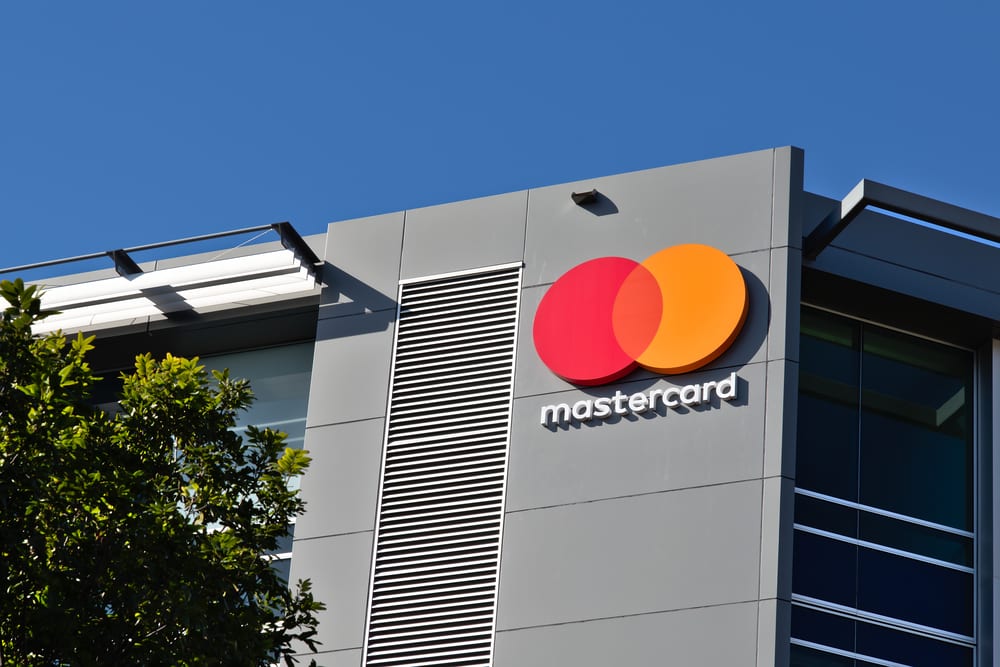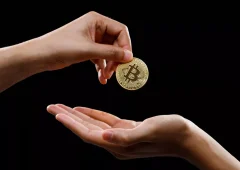Ondo Finance Brings Tokenized Treasuries to Mastercard’s Blockchain Network
28.02.2025 8:00 2 min. read Alexander Stefanov
Ondo Finance is set to become the first company to introduce real-world assets to Mastercard’s Multi-Token Network (MTN).
The firm announced that its tokenized U.S. government treasury fund, OUSG, will be integrated into the network, allowing businesses to access yield-bearing assets without relying on stablecoin conversions or traditional settlement delays.
Ian De Bode, Ondo Finance’s chief strategy officer, described this collaboration as a breakthrough in linking private payment networks with public blockchain assets. He emphasized that this connection could enable global banking operations to function seamlessly around the clock.
Mastercard’s MTN is designed to help banks streamline digital applications and navigate the complexities of cross-border and domestic transactions, offering enhanced transparency and faster settlements. By integrating OUSG, the network will provide businesses with 24/7 access to tokenized treasuries, eliminating the need for additional crypto infrastructure.
This move builds on Ondo’s recent expansion, which included bringing tokenized U.S. Treasuries to the XRP Ledger, broadening institutional access to these assets. While tokenized RWAs have been praised for their potential to enhance liquidity and efficiency, the lack of a universally interoperable framework between traditional and blockchain-based financial systems remains a challenge.
Mastercard’s Chief Digital Officer Jorn Lambert has previously stressed that for blockchain-based financial applications to achieve widespread adoption, regulated institutions must play a central role in bridging the gap between digital and traditional finance.
-
1
What Are the Key Trends in European Consumer Payments for 2024?
29.06.2025 8:00 2 min. read -
2
Here is Why the Fed May Cut Rates Earlier Than Expected, According to Goldman Sachs
08.07.2025 15:00 2 min. read -
3
Toncoin Launches UAE Golden Visa Program Through $100,000 Staking Offer
06.07.2025 12:04 2 min. read -
4
What Brian Armstrong’s New Stats Reveal About Institutional Crypto Growth
29.06.2025 15:00 2 min. read -
5
Market Odds of a U.S. Recession in 2025 Drop in Half Since May
05.07.2025 18:30 2 min. read
U.S. Public Pension Giant Boosts Palantir and Strategy Holdings in Q2
According to a report by Barron’s, the Ohio Public Employees Retirement System (OPERS) made notable adjustments to its portfolio in Q2 2025, significantly increasing exposure to Palantir and Strategy while cutting back on Lyft.
Key Crypto Events to Watch in the Next Months
As crypto markets gain momentum heading into the second half of 2025, a series of pivotal regulatory and macroeconomic events are poised to shape sentiment, liquidity, and price action across the space.
Here is Why Stablecoins Are Booming, According to Tether CEO
In a recent interview with Bankless, Tether CEO Paolo Ardoino shed light on the growing adoption of stablecoins like USDT, linking their rise to global economic instability and shifting generational dynamics.
U.S. Dollar Comes Onchain as GENIUS Act Ushers in Digital Era
In a statement that marks a major policy shift, U.S. Treasury Secretary Scott Bessent confirmed that blockchain technologies will play a central role in the future of American payments, with the U.S. dollar officially moving “onchain.”
-
1
What Are the Key Trends in European Consumer Payments for 2024?
29.06.2025 8:00 2 min. read -
2
Here is Why the Fed May Cut Rates Earlier Than Expected, According to Goldman Sachs
08.07.2025 15:00 2 min. read -
3
Toncoin Launches UAE Golden Visa Program Through $100,000 Staking Offer
06.07.2025 12:04 2 min. read -
4
What Brian Armstrong’s New Stats Reveal About Institutional Crypto Growth
29.06.2025 15:00 2 min. read -
5
Market Odds of a U.S. Recession in 2025 Drop in Half Since May
05.07.2025 18:30 2 min. read


